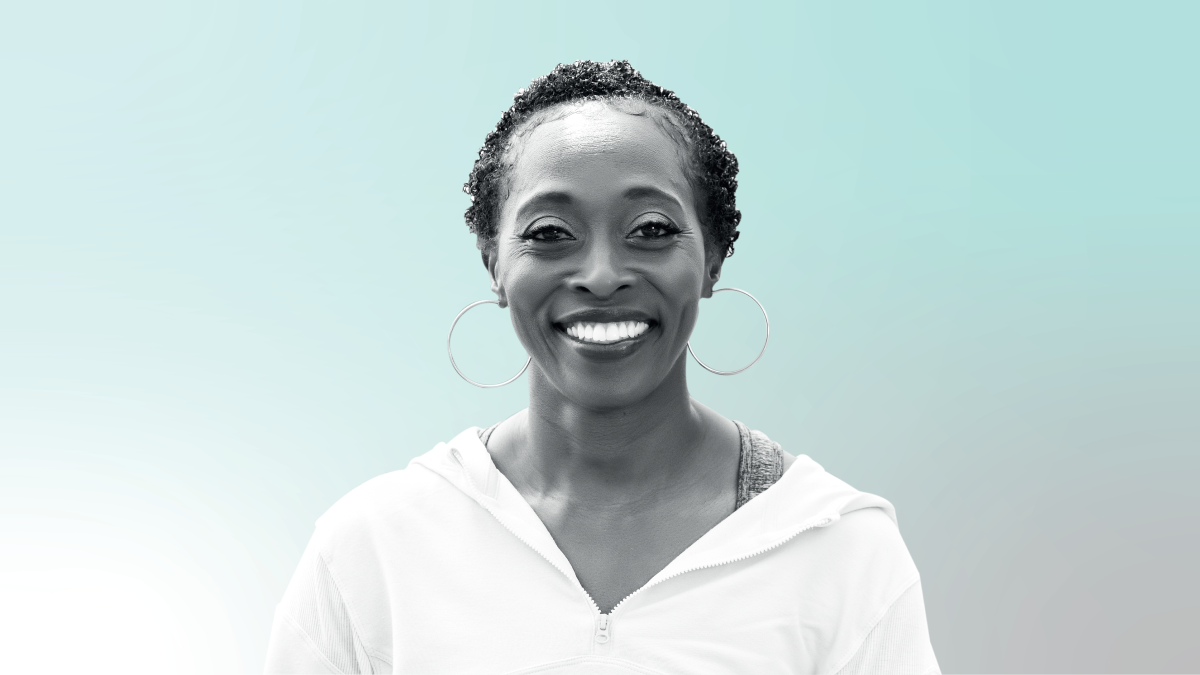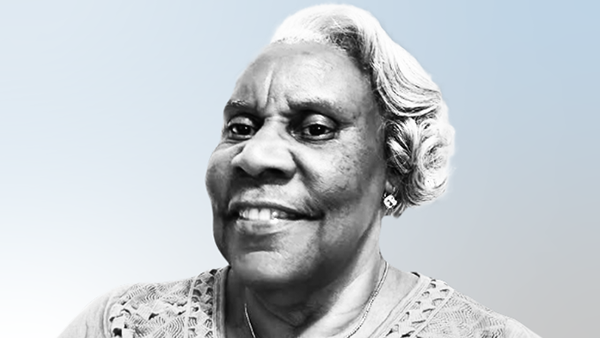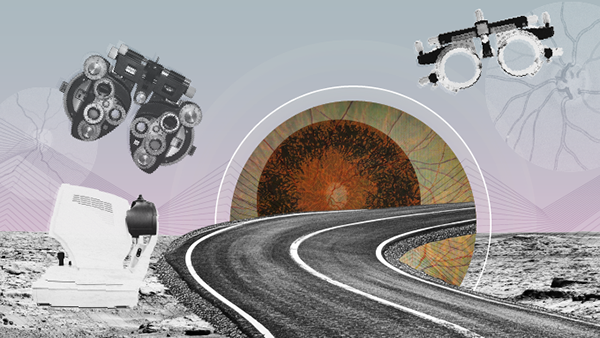Living with TED: My Race from Patient to Advocate
How thyroid eye disease (TED) put my life and olympic career on hold
As the reigning American record holder in the 100-meter hurdles, going into the 1988 Olympics I should have been poised for success on the world stage. But instead of winning gold, I ran slower than I ever had before, and I could never expect what more was to come.
In the lead up to the Olympics and the months afterward, my health began deteriorating, which eventually forced me to abandon training and put my dreams on hold. I was experiencing weight loss, hair loss, fatigue, and various other symptoms, yet my doctors had no answers for me. At home, I started covering up all my mirrors in the house, because the reflection looking back at me was not me.
I stopped doing the things I loved, felt less independent, and withdrew from social life. I stopped going out of my house. All of this took a serious toll on my mental health.
During this time, I also began experiencing issues with my eyes – pain, redness and eye bulging – but again, it seemed no one could give me an answer.
As an athlete, I know my body, and I knew that something was seriously wrong. These issues began a more than two-year quest to find some answers. After a continuous battle to find out exactly what was wrong with me, I was eventually diagnosed with Graves’ disease, an autoimmune condition that causes overactive thyroid, also known as hyperthyroidism.
Receiving this diagnosis came as an utter relief, because at least now I understood what I was up against and could start taking steps to manage the disease.
But my story doesn’t end there – despite managing my Graves’ disease, I was still experiencing significant eye problems.
My eyes were constantly irritated, painful, and bulging outward, making it difficult to close them completely, even when I was sleeping. The glare from oncoming headlights made nighttime driving a challenge for years. On the track, my blurred vision made it difficult to accurately judge the distance between hurdles. To compensate for this impairment, I developed a rhythmic approach to the hurdles, counting my steps to maintain pace and calculate when to leave the ground before each hurdle.
It took 30 years for me and my doctors to understand that my eye problems were a separate – but related – condition called thyroid eye disease (TED).
TED is a debilitating and progressive autoimmune disorder where the immune system mistakenly attacks the muscle and fat tissue behind the eyes. Around 40 percent of Graves’ disease patients go on to develop TED, but the condition requires a different treatment regime.
While I wish I had all these answers 30 years ago, I’m glad I finally have them now. My best advice to those living with thyroid conditions like Graves’ disease is to speak up and advocate for yourself. You should feel confident discussing any changes in your eyes or vision with your doctor, and be sure to stress the impact those symptoms may be having on your daily life.
As for my advice to doctors: you need to ensure that you are proactively discussing the risk of TED with your Graves’ patients, and referring those patients to a specialist if it’s needed. TED is progressive, meaning that it often gets worse with time, so early intervention is key when it comes to managing the disease.
Through my journey with TED, I’ve become passionate about raising awareness and advocating for improved care. By sharing my story, I hope to empower others to seek help and find their voice so they can self-advocate for better health outcomes and continue reaching for the stars and pursuing their dreams, whether that be olympic gold or, simply, a better quality of life when living with a visual impairment.
The New Optometrist Newsletter
Permission Statement
By opting-in, you agree to receive email communications from The New Optometrist. You will stay up-to-date with optometry content, news, events and sponsors information.
You can view our privacy policy here
Most Popular
Sign up to The New Optometrist Updates
Permission Statement
By opting-in, you agree to receive email communications from The New Optometrist. You will stay up-to-date with optometry content, news, events and sponsors information.
You can view our privacy policy here
Sign up to The New Optometrist Updates
Permission Statement
By opting-in, you agree to receive email communications from The New Optometrist. You will stay up-to-date with optometry content, news, events and sponsors information.
You can view our privacy policy here







